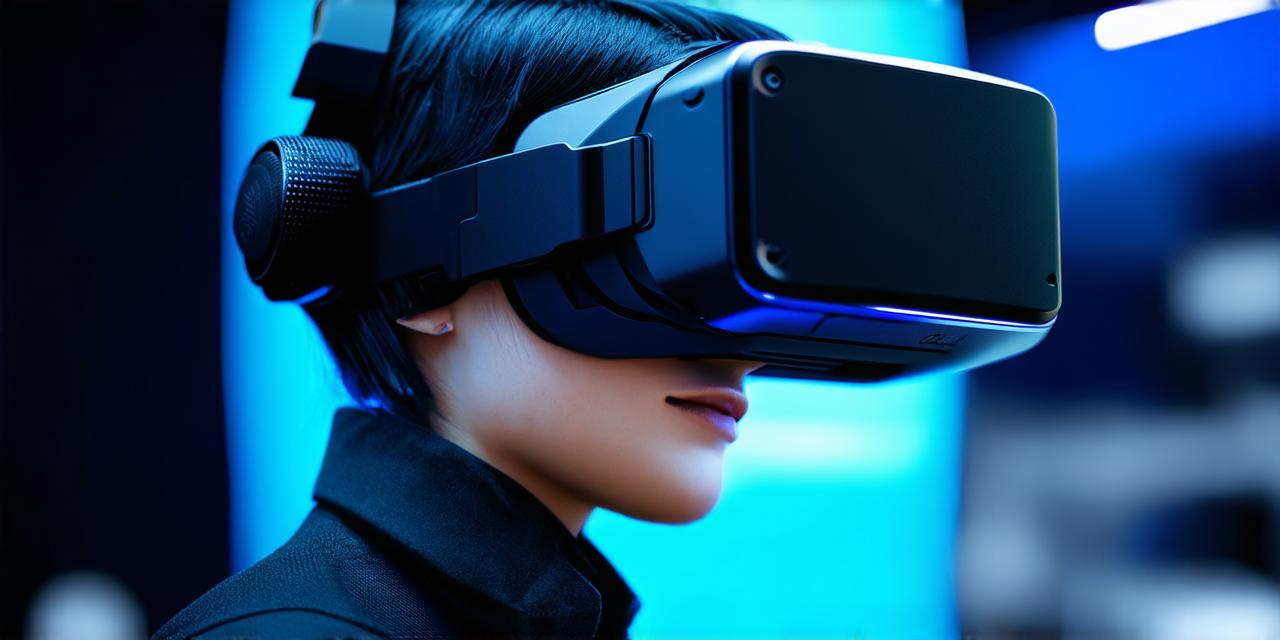Virtual reality (VR) technology is rapidly revolutionizing the way we learn and interact with our environment. From immersive gaming experiences to interactive training simulations, VR has numerous applications in education.
Introduction:
In this article, we will explore how VR technology can be used to enhance learning experiences and improve educational outcomes. We will also discuss some of the latest trends and advancements in this field, as well as some practical tips for VR developers looking to create effective educational applications.
The Power of Immersive Learning:
One of the key advantages of VR technology is its ability to create highly immersive learning experiences. By simulating real-world environments, VR can provide students with a safe and controlled space to practice skills and explore new concepts.
Medical students can use VR simulations to practice surgical procedures without risking patient safety, while architecture students can virtually walk through their designs to visualize the final product.
Virtual Field Trips:
Another way that VR technology can enhance education is by providing virtual field trips. These immersive experiences allow students to explore distant locations or historical sites without ever leaving the classroom.
For example, a history class could take a virtual tour of ancient Egypt or a science class could visit the depths of the ocean to learn about marine life.
Interactive Learning:
VR technology can also facilitate interactive learning by providing students with opportunities to engage in hands-on activities in a simulated environment.
For example, engineering students could use VR to design and test different structures, while physics students could simulate complex experiments to better understand the principles of motion and force.
Case Studies:
There are numerous examples of how VR technology has been successfully integrated into education. One such example is the use of VR in language learning. By creating virtual scenarios that require students to interact with native speakers, VR can provide a more authentic and engaging language learning experience.
Another example is the use of VR in science education, where students can explore complex concepts by virtually manipulating different objects and variables.
Expert Opinions:
Many experts in the field of education have praised the potential of VR technology to revolutionize the way we teach and learn. According to Dr. Richard VanPatten, a professor of applied linguistics at NYU, “Virtual reality can provide an immersive environment that allows students to practice language skills in real-life situations.”
Similarly, Dr. Michael Levine, a professor of education at Teachers College, Columbia University, believes that VR technology has the potential to transform the way we teach science by allowing students to engage in hands-on experiments in a safe and controlled environment.
Practical Tips for VR Developers:
For VR developers looking to create educational applications, there are several practical tips to keep in mind. First and foremost, it is important to understand your target audience and design the application with their needs in mind.
This may involve consulting with educators or conducting user testing to gather feedback on the effectiveness of your design.
Another important consideration is the level of interactivity required for the application. While some applications may require a high degree of interaction, others may be more focused on immersive experiences.
It is also important to consider the potential for scalability and adaptability, as educational needs and technologies are constantly evolving.
Finally, VR developers should keep in mind the importance of accessibility and affordability when creating educational applications. While VR technology can be expensive, there are many ways to make it more accessible to students and schools, such as through partnerships with educational institutions or by offering free or low-cost applications.
